In today's fast-paced world, managing inventory for a retail business can be a very challenging task. One small error can cause delays in orders, customer dissatisfaction, & ultimately, lost revenue. However, with the power of GPT-3 technology, businesses now have access to an advanced tool that can streamline & optimize their inventory management processes. This innovative technology has the potential to revolutionize the way retail businesses operate, providing a competitive edge in an ever-evolving industry. So, let's explore the benefits & challenges of implementing GPT-3 in inventory management & how it can help businesses enhance efficiency, accuracy, & profitability.
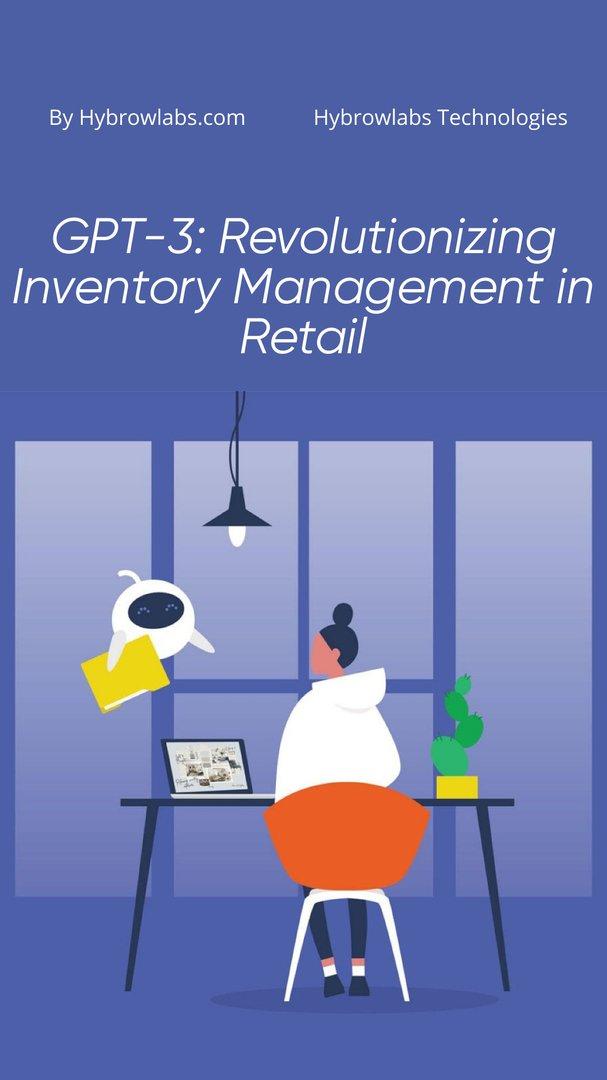
Benefits of GPT-3 in Inventory Management for retail businesses:
Implementing GPT-3 in inventory management for retail businesses can bring several benefits, making it an essential tool for modern-day operations. Here are some of the key reasons why it's important:
1. Streamlined Inventory Tracking and Ordering:
With GPT-3, businesses can automate their inventory tracking & ordering processes, making it faster & more accurate. This can lead to fewer errors & delays, decreasing the risk of stock-outs or overstocking.
2. Accurate Demand Forecasting:
GPT-3 technology can analyse large amounts of data to predict demand patterns, enabling businesses to make informed decisions on inventory levels & product ordering. This can reduce waste & optimize inventory levels, ultimately leading to cost savings.
3. Automated Inventory Analysis and Optimization:
GPT-3 can automatically analyse inventory data, identify trends, & suggest optimization strategies. This can improve operational efficiency, reduce inventory holding costs, & help businesses make better decisions.
4. Enhanced Customer Experience:
GPT-3 can help businesses analyse customer data & predict purchasing behaviors, allowing for personalized recommendations & a better overall customer experience.
5. Increased Efficiency and Reduced Costs:
By automating inventory management tasks, businesses can free up time & resources, reduce manual errors, & increase overall operational efficiency. This can lead to cost savings & increased profitability.
How to use GPT-3 to provide a better customer experience?
GPT-3 can be used to provide a better customer experience by analysing customer data & providing personalized recommendations based on individual preferences & purchasing behavior. By leveraging the power of natural language processing & machine learning, GPT-3 can provide businesses with insights into customer behavior & preferences, enabling them to create more effective marketing campaigns, develop new products, & improve the overall customer experience.
1. Personalized Recommendations:
GPT-3 can analyse customer data, such as purchase history & browsing behavior, & provide personalized recommendations based on individual preferences. This can enhance the customer experience by providing relevant & useful suggestions, which can increase customer satisfaction & loyalty.
2. Chatbots and Virtual Assistants:
GPT-3 can be used to develop chatbots & virtual assistants that can interact with customers in a natural language. These assistants can answer questions, provide product recommendations, & even process orders. This can improve the customer experience by providing quick & accurate responses, which can increase customer satisfaction & reduce wait times.
3. Sentiment Analysis:
GPT-3 can analyse customer feedback, such as reviews & social media posts, to identify positive & negative sentiment. This can help businesses identify areas where they can improve the customer experience, as well as areas where they are excelling.
How to Implement GPT-3 in Inventory Management?

In order to successfully implement GPT-3 technology in inventory management for retail businesses, several steps need to be taken. The implementation process typically involves data integration & preparation, GPT-3 integration & configuration, as well as testing & refinement. In this section, we'll take a closer look at each of these steps & how they contribute to the successful implementation of GPT-3 in inventory management.
1. Data Integration and Preparation:
The first step in implementing GPT-3 in inventory management is to make sure that the essential data is collected, integrated, & prepared. This includes collecting historical data on inventory levels, sales trends, & customer behavior, & integrating it into a database or other data management system.
2. GPT-3 Integration and Configuration:
Once the data is integrated & prepared, the next step is to integrate GPT-3 into the inventory management system. This involves configuring the system to work with GPT-3 and setting up the necessary interfaces & data connections. Depending on the specific application, this may require the assistance of a data scientist or other technical expert.
3. Testing and Refinement:
After the system is integrated & configured, it's important to test and refine it to ensure that it's working as intended. This involves running various scenarios & tests to ensure that the system is accurately predicting demand, optimising inventory levels, & providing actionable insights. Any issues or bugs should be identified & addressed during this phase to ensure that the system is working at peak performance.
Challenges of Implementing GPT-3 in Inventory Management-
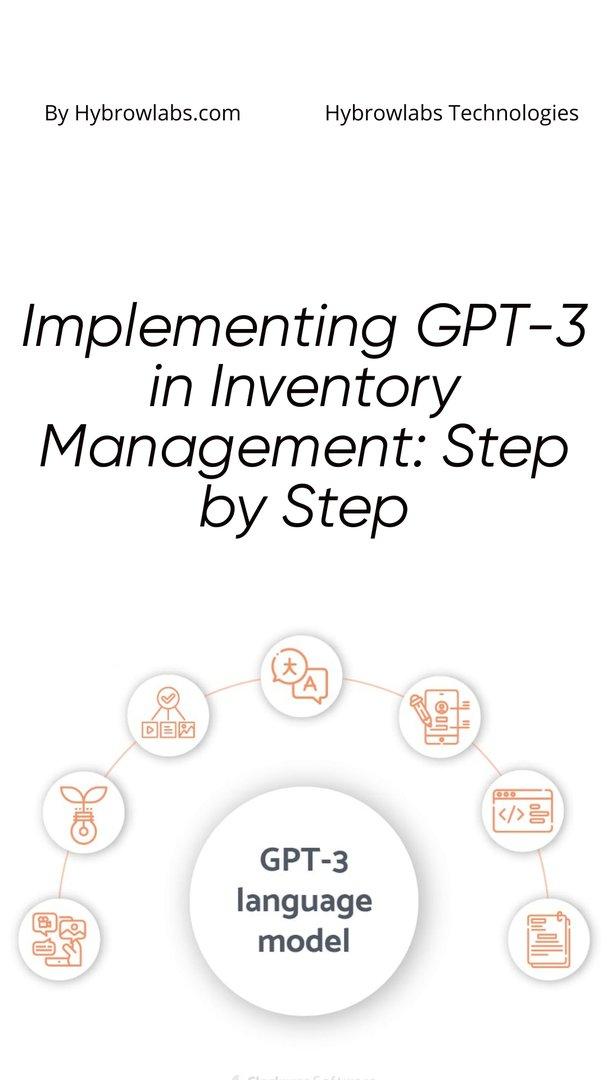
While implementing GPT-3 in inventory management can bring significant benefits, it also presents several challenges that businesses need to consider. Here are some of the key challenges:
1. Data Quality and Availability:
The success of GPT-3 in inventory management depends on the quality and availability of data. If the data is incomplete or inaccurate, the system may not be able to accurately predict demand or optimize inventory levels.
2. Integration and Compatibility:
Integrating GPT-3 into existing inventory management systems can be challenging, especially if the system is not designed to work with advanced AI technologies. It may require sign customization the development of a new system altogether.
3. Technical Expertise:
Implementing GPT-3 requires specialized technical expertise, including data scientists, AI experts, and software developers. This can be a significant investment for businesses that do not have the necessary resources in-house.
4. Cost:
The cost of implementing GPT-3 in inventory management can be significant, including the cost of acquiring and maintaining the technology, hiring technical experts, and reconfiguring existing systems.
5. Security and Privacy:
Implementing GPT-3 requires access to sensitive data, which can pose a risk to security and privacy if not managed properly. It's important for businesses to ensure that data is secure and compliant with regulations such as GDPR and CCPA.
Future Potential of GPT-3 in Inventory Management for Retail Businesses-
The future potential of GPT-3 in inventory management for retail businesses is vast and exciting. As the technology continues to evolve and improve, there are different areas where GPT-3 can have a significant impact:
1. Real-Time Inventory Optimization:
GPT-3 can analyze inventory data in real-time and adjust inventory levels & ordering accordingly. This can help businesses optimize their inventory management processes and reduce waste.
2. Personalized Recommendations:
GPT-3 can analyze customer data and provide personalized recommendations based on individual preferences & purchasing behavior. This can enhance the customer experience & increase customer loyalty.
3. Advanced Analytics:
GPT-3 can perform advanced analytics on inventory data, identifying trends, & providing insights that can help businesses make informed decisions. This can improve operational efficiency, reduce costs, & drive business success.
4. Supply Chain Optimization:
GPT-3 can analyze data from across the supply chain, providing insights into supplier performance, transportation, & logistics. This can help businesses optimize their supply chain processes & reduce costs.
5. Predictive Maintenance:
GPT-3 can analyze data from sensors and other devices to predict when equipment & machinery may need maintenance or repairs. This can help businesses reduce downtime & optimize maintenance schedules.
Conclusion-
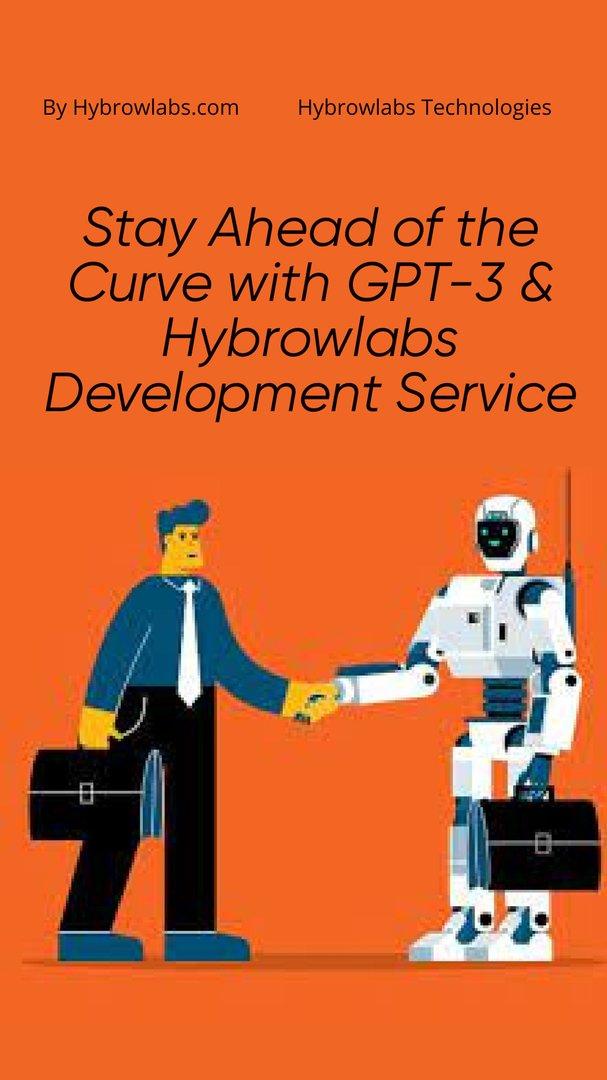
Implementing GPT-3 in inventory management for retail businesses is of critical importance in today's competitive market. Retail businesses need to maintain an optimal inventory level to meet customer demand & avoid overstocking or understocking products. With GPT-3 technology, businesses can access advanced data analytics and predictive algorithms to accurately forecast demand, optimize inventory levels, & streamline the ordering process. Services like Hybrowlabs Development Service can provide valuable expertise in implementing GPT-3 technology for retail inventory management.
GPT-3 technology can help retail businesses stay ahead of the curve & remain competitive in a constantly evolving market. The implementation of this technology is a significant step forward in inventory management practices, & its importance cannot be overstated.
FAQ-
1. What is GPT-3?
GPT-3 is a language model developed by OpenAI that can generate human-like text and perform a variety of natural language processing tasks.
2. How long does it take to implement GPT-3 in inventory management for retail businesses?
The time it takes to implement GPT-3 in inventory management can vary depending on several factors, such as the size of the business, the complexity of the system, and the level of customization required. It may take anywhere from several weeks to several months.
3. Is GPT-3 expensive to implement in inventory management?
Implementing GPT-3 in inventory management can be expensive, but the cost will depend on several factors such as the size of the business, the level of customization required, and the technical expertise required.
4. Is GPT-3 secure?
GPT-3 is secure when used properly, but businesses need to ensure that data is properly managed and secured to minimize the risk of breaches or other security incidents.
5. Can GPT-3 replace human workers in inventory management?
GPT-3 can automate some aspects of inventory management, but it cannot replace human workers entirely. Human expertise and oversight are still required to ensure that the system is working effectively and to make informed decisions based on the insights provided by the system.



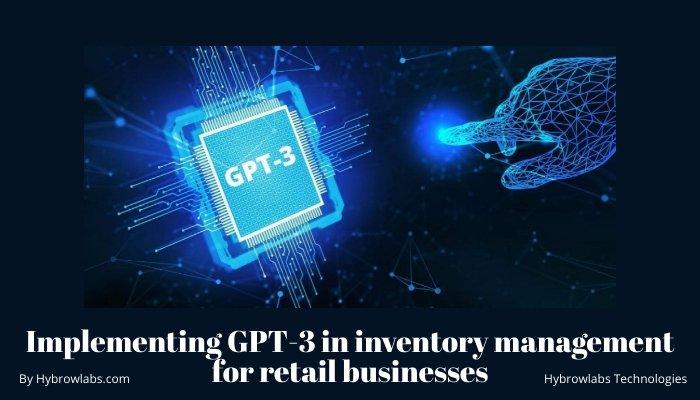


a3dc85.jpg)

.jpg)
fd8f11.png)
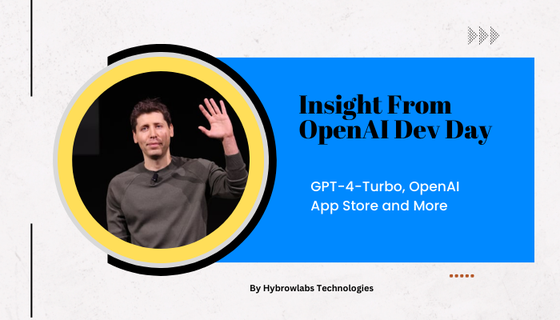
.jpg)
.jpg)